Time to read: 3 minutes
Article at a glance:
- Plugging in means actively engaging with the flow of information through conversations, questions, and observation.
- It helps you understand the mission, your impact, and where you can be most helpful, while building stronger collaboration.
- Staying curious and connected reveals growth opportunities and helps you navigate the bigger picture.
- It’s a mindset and a practice, not about knowing everything, but about being open, aware, and invested in learning.
"It’s not enough to do your best. You must first know what to do, then do your best." – William Deming
Information flows all around us, and that’s why we need to “plug in” to that flow.
In other words: talk to people, ask questions, listen, and never stop exploring.
Plugging in helps you…
- understand the needs of the company, including our mission and vision.
- see how you and your work affect others, including customers and other associates.
- notice opportunities.
- connect with potential collaborators, inside and outside the company.
It also opens up even more information channels because you’ll have more context and understanding of how things work, and a better idea of where to go for information.
What does plugging in look like?

It varies from role to role, but this can look like:
- Conversations with lots of people in different roles and areas of the company. All Hands meetings, culture meetings, etc. are great for this.
- Taking advantage of company activities and retreats like farm and mine tours, game nights, Lake Powell, etc. You have activity hours for a reason. Use them!
- Getting in the habit of noticing, observing, and reflecting on what you see and what’s going on around you. Do this on your own, with your team, and other teams.
- Sharing what you’re seeing, and listening to what other people are seeing. (Occhiolism, or realizing that your perspective is limited, is your best friend here.) You might not be involved in a lot of zoomed out, strategy-oriented conversations if your duties are mostly Q1, but the people upstream, who are in those zoomed out conversations, need information from you.
- Asking a lot of questions.
- Constantly striving to learn. When you want to learn, you’ll find more opportunities to learn.
- Paying attention to indicators of how effective your work is and how your team’s making an impact. This can mean dashboards, Overall Systems Effectiveness (OSE), runtime data, reviews, etc. It can also just be check-ins and conversations with your teammates and other teams. (Watch out for false indicators. Work with your team to determine the factors that TRULY reveal your impact.)
- Regular check-ins with teams who work adjacent to yours, or who are upstream and downstream from you. That way, you understand how your work affects others, and how their work affects yours. If these check-ins aren’t happening, talk to a team lead to see if you can start having them.
- Following our other collections, partners, and products on social media, especially for products you use or work with.
- Attending some virtual culture or process improvement meetings, viewing All Hands meetings from other areas of the company, etc.
- Joining meetings that are relevant to your work or work adjacent to yours. (It can be tricky to figure out which meetings are most helpful and which you’re helpful in, so this takes some conversation with other people like team leads and culture leads.)
Be a part of the information flow. And if you aren’t sure what to do? You can always ask.
Ask leads, ask people who have been here longer than you, ask the people in those upstream conversations (they’re always floating around), and if you don’t know who those people are, ask around until you find out.
How do you know you’re plugged in?

- You feel like you’re constantly learning and growing.
- You can look back and see how far you’ve come.
- You realize there’s so much you don’t know and that there’s always more to learn.
- You constantly try to understand the ripple effects of your work.
- Your sense of the whole is getting stronger, and you start to see how you fit into the mission of elevating the human experience.
- You find yourself naturally asking “Who else should we talk to? Who else’s perspective would be helpful?”
- You have a good idea of who to talk to when you need perspectives.
Plugging In is a Way of Life and Work
This doesn’t mean everyone needs to know everything or be involved in every conversation.
This means we all need to pay attention, think about how our work affects others, listen to what others say about that, pay attention to where we are and aren’t helpful, and take advantage of opportunities to learn and communicate.


